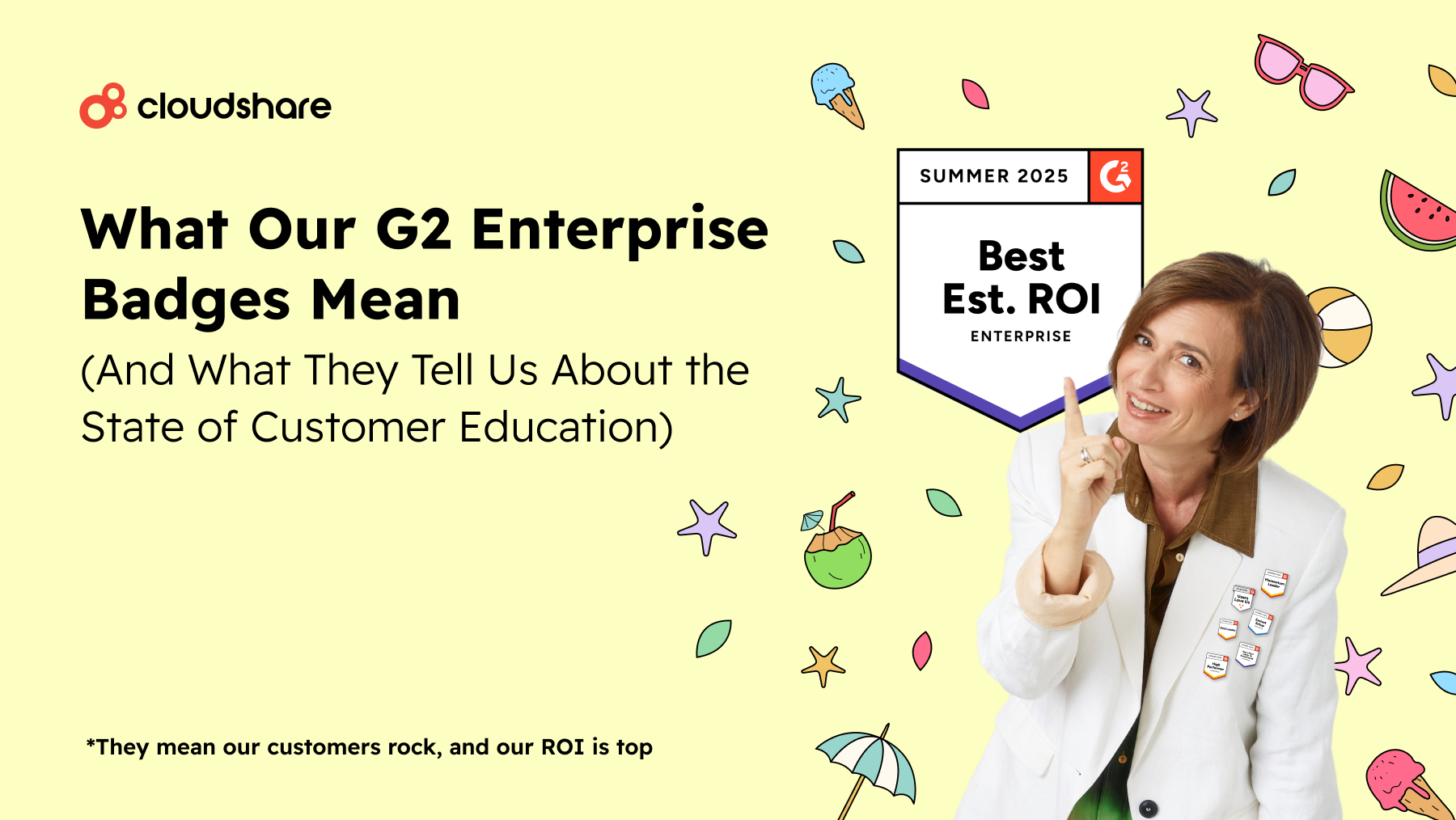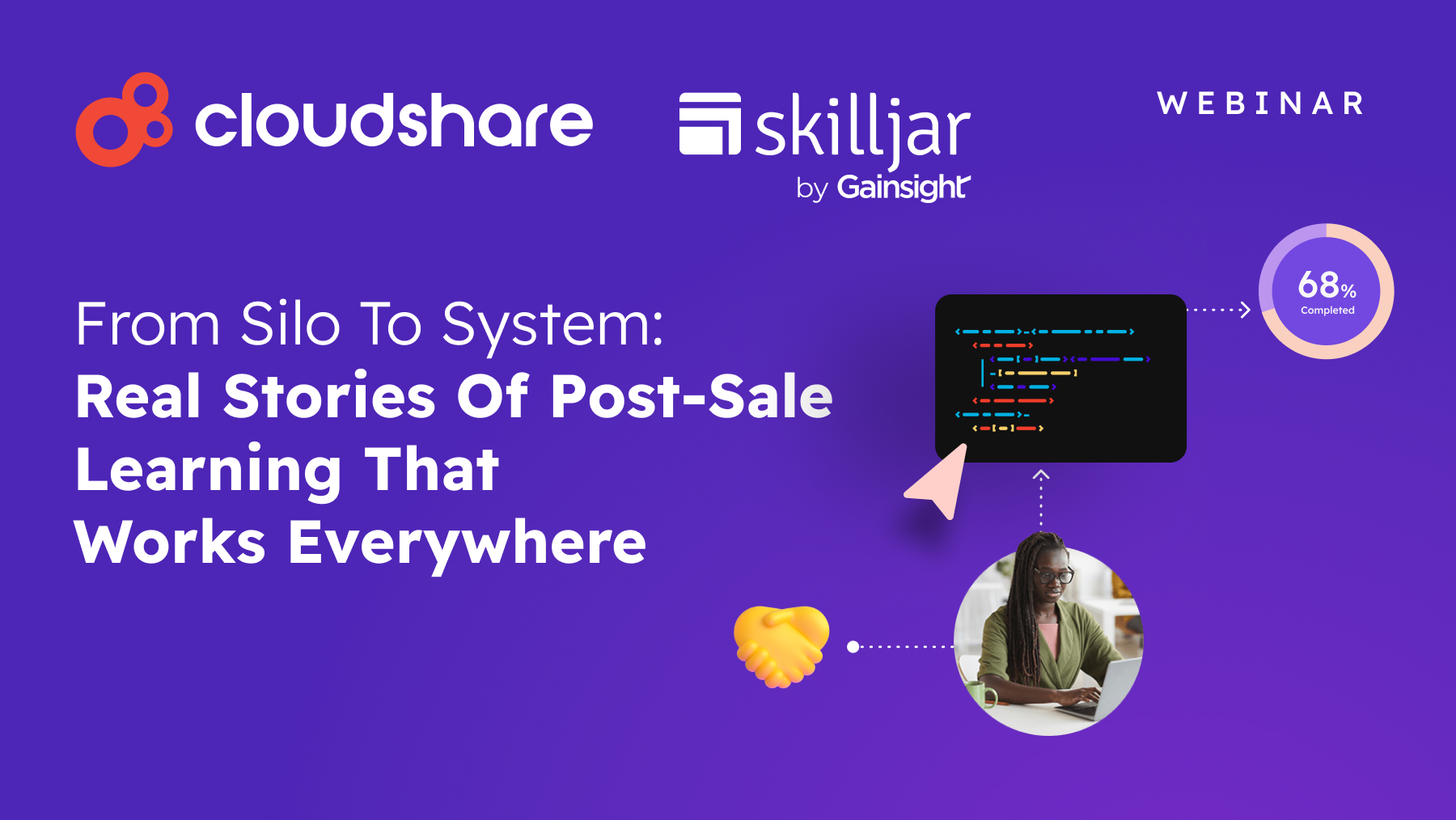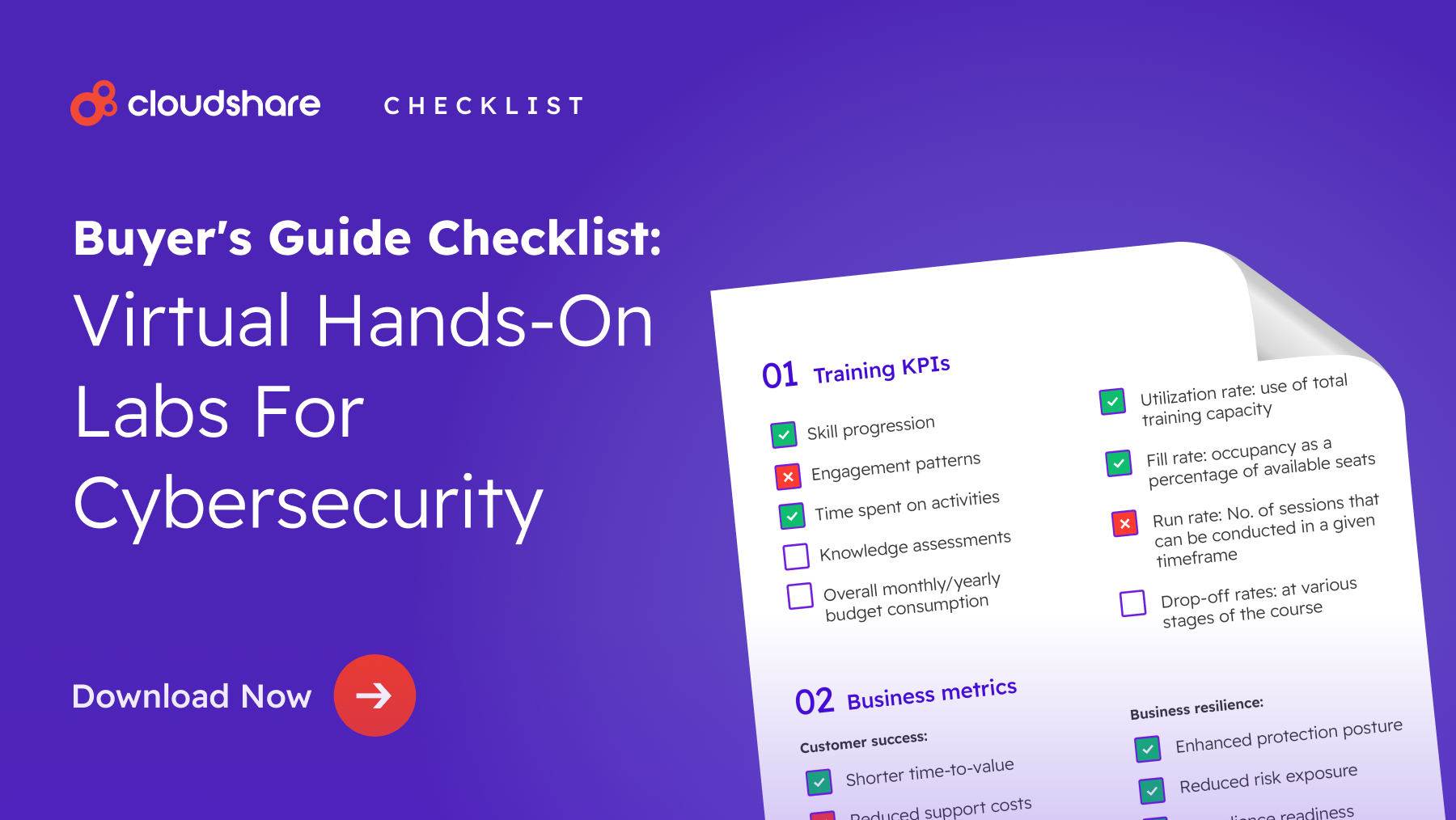
The key to a successful customer training program lies in strong alignment between the training and go-to-market (GTM) teams.
Why?
Because training drives product adoption, and successful adoption leads to excellent time-to-market metrics that can be used to expand your user base.
In turn, you can also increase the number of training subscriptions as more customers realize the importance of on-demand and ongoing training.
But creating this alignment can be difficult if you don’t measure the right training KPIs (key performance indicators). If you don’t have the right data, you don’t have the proof of concept you need to drive more user sign-ups and self-renewing training subscriptions.
To help you set a baseline for your customer training strategy, we’ve listed five critical metrics for training that you should measure to create opportunities for cross-selling and recurring revenue.
1. Customer onboarding time
If customer education is a part of your process, onboarding is your first chance to create a solid experience for your clients.
You don’t want them signing up for your product and then scrambling to figure out how to hit the ground running. Not only does it create too much friction, but it also increases the possibility of them churning.
The first 90 days after sign-up is crucial as it decides if customers see the value in your product and whether they’ll churn. This is why creating an onboarding program that’s fluff-free, interactive, and personalized based on the customer’s goals is vital. It ensures they can explore the features they need to use—not what you want them to see.
A Databox survey found that 43.5% of SaaS professionals use a self-serve customer training model that includes in-app tutorials, product tours, and marketing emails. But, only 26.1% of them use a high-touch model.
Even though the high-touch model takes a longer time on average, it can be more beneficial for customers needing a bit more hand-holding in the process.

Results from Databox’s survey that depicts how long SaaS providers take to onboard their customers
Source
But you can still offer a high-touch model without needing too many resources. You can use a training solution like CloudShare to set up a virtual environment customized to their needs and mimics real usage scenarios.
The idea is to empower the customer as quickly as possible. To achieve that, monitor how long your customers take to complete their training and jump into action.
Goal: Offer training programs that are short, direct, and focused on their pain points. It increases the value of the training bundle and reduces the chances of customer churn.
2. Product adoption rate
Another way to determine the effectiveness of your customer training program is to measure your product’s adoption rate. It shows you specific features of your product your customers are struggling with—and identifies bottlenecks in the process.
For instance, if your customers are not moving beyond a certain point in the onboarding tour or seem to be spending too much time on one feature, you can rectify that.
On the other hand, if product adoption increases after a certain point in the program, you can double down on that strategy. This data can also help you target further improvements to increase user engagement with your product over time.
This training KPI depends on two foundational metrics: Number of new active users and total sign-ups in a specific period. You can measure the adoption rate using this formula:
Product Adoption Rate = (New Active Users / Total Sign-ups) x 100
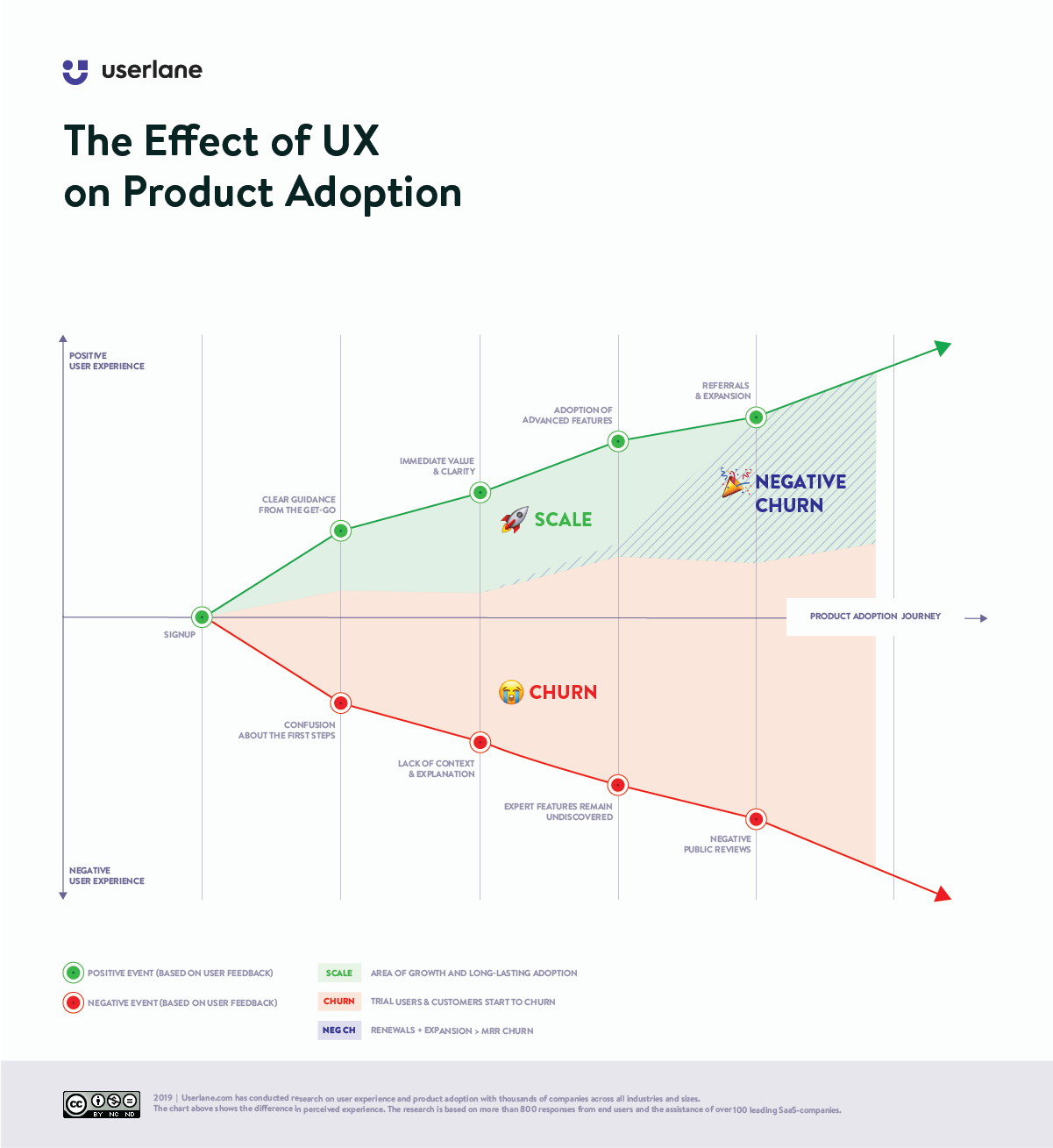
The impact of user (or customer) experience on product adoption
Source
Knowing which tactics work best helps inform marketing and customer training strategies, leading to more informed decisions on allocating resources for maximum effect.
Goal: Invest in training solutions like hands-on training to allow customers to experience the product at their convenience. The better your training program, the higher the chances of subscription renewals.
3. Product usage frequency
Create a product that’s a significant part of your customer’s tech stack for them to realize why ongoing product education is key. For that, you need to understand how often they use it. When you measure this, you can determine the stickiness of your product.
SaaS companies have been using it for years to determine the success of their product and new features. For example, if you notice that after rolling out a new UI (user interface) update and your customers are using the product less often, there’s an issue with it.
Emrah Aydin, Product Manager at UserGuiding, says, “Achieving and improving product stickiness means delivering unique value and engaging experiences that will make users come back to your product. Onboarding helps with the crucial ‘delivering’ part of this process. Whether it’s teaching a product to a new user or promoting new features to a subscriber, no value or experience is useful unless properly delivered.”
Plus, collecting this data can help teams identify areas for improvement in their training programs. As a result, they can craft better experiences for future customers.
You can assess customer satisfaction levels, helping you make informed decisions when launching new features or expanding into new markets.
Goal: Monitor this metric to understand who you can upsell or cross-sell to. The more they use the product, the bigger their ongoing training needs will be.
4. Time to first value
Let’s say you’ve signed up for a cybersecurity tool to manage your enterprise’s infrastructure. If the onboarding or training program focuses on specific customer needs mentioned during the sales call, you can reduce the time to first value.
For instance, if the customer indicated they were facing too many phishing emails, show them how to filter and identify these emails first.
Ultimately, the time it takes for your customers to realize that the product was made for them should be lightning fast. In short, they need their eureka moment as soon as possible.
Also, using this metric you can identify areas that may need improvement to help users get value more quickly. By making tweaks like adding more educational materials like self-paced courses or virtual training environments, you can help them realize positive ROI quickly.
Tracking this metric also shows how the training program drives product adoption and usage. This data can be incredibly helpful in ensuring your customers have a great experience with your product right off the bat—leading to increased customer satisfaction, higher retention rates, and improved customer engagement.
To achieve this, identify what “value” truly means to your customers and customize the training program to focus on that. Once you do, it becomes easier to measure how fast that happens and make the necessary adjustments to your program.
When you show your customers that you care about their specific needs and they’re not just another client, you allow yourself to differentiate yourself from competitors in the market. Plus, when you sustain that value through ongoing training subscriptions, they’ll realize the value of these subscriptions too.
Goal: Create customized training solutions to hasten the time to value (TTV). When you do so, you ensure that they’re more likely to stick around.
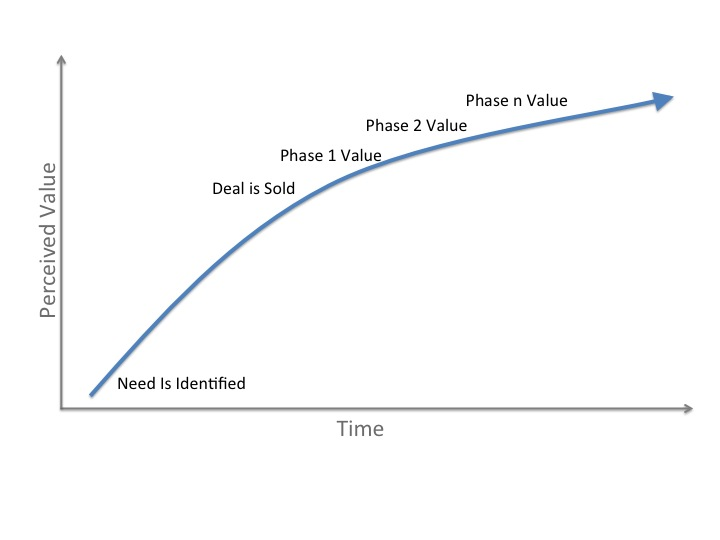
The time it takes to reach “Phase 1 value” is what’s known as time to first value
Source
5. Product usage depth
Determining the extent to which customers are exploring different features and capabilities of your product is essential. After they’ve completed their training program, monitor how many features they continue to use. It’ll show how it fits a specific use case and understand the impact of training on product adoption and usage.
For example, if your customers use specific features, ask them whether they’re struggling with that feature or they don’t need it. You can create dedicated training programs for the former to get them up to speed.
For the latter, you can scrap it or dedicate only a few educational materials for that use case. It also gives you data on which features better suit each use case, helping you market the product more effectively.
Measuring depth across trial and post-purchase periods provides a comprehensive picture of how customers engage with the product over time. It provides better visibility into customer journeys, helping you make better-informed decisions while improving customer experience.
Ideally, you want customers to explore the product’s full capabilities, but that might not always be possible. Because the depth of usage ultimately drives product adoption. So, offer relevant training sessions to enable your customers.
Goal: Offer training to increase product usage depth—showing the value of your product and, in turn, your training bundles.
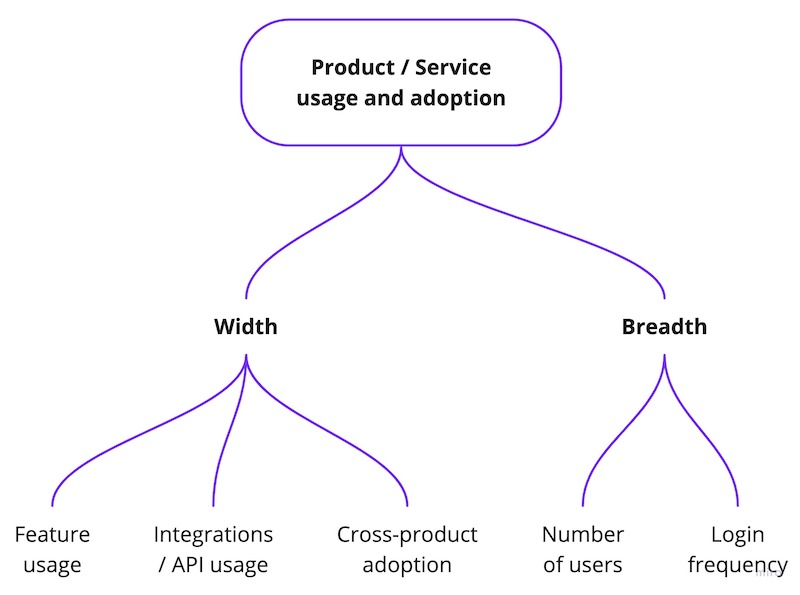
Factors that impact the adoption of your product
Source
Final thoughts
To ensure that your training and go-to-market departments are always aligned, use these five time to market metrics to guide your marketing strategy. From onboarding time to usage depth, getting clarity on your customer’s satisfaction will help you identify areas to increase their lifetime value—and your bottom line.
If you’re looking for an interactive, customizable, and hands-on customer training solution, CloudShare is your best bet. Our platform allows you to create your tutorial without requiring any technical expertise to do so. Plus, you can use existing environments and customize them for your next customer—helping you focus on their needs.
You can also set up resource usage limits to ensure you only spend what you intend. Combine that with our detailed training analytics suite, and you’ll be able to monitor the effectiveness of your training program with more accuracy.
If you’re looking for a solution to create a personalized training environment for your customers, book a demo with CloudShare today.

